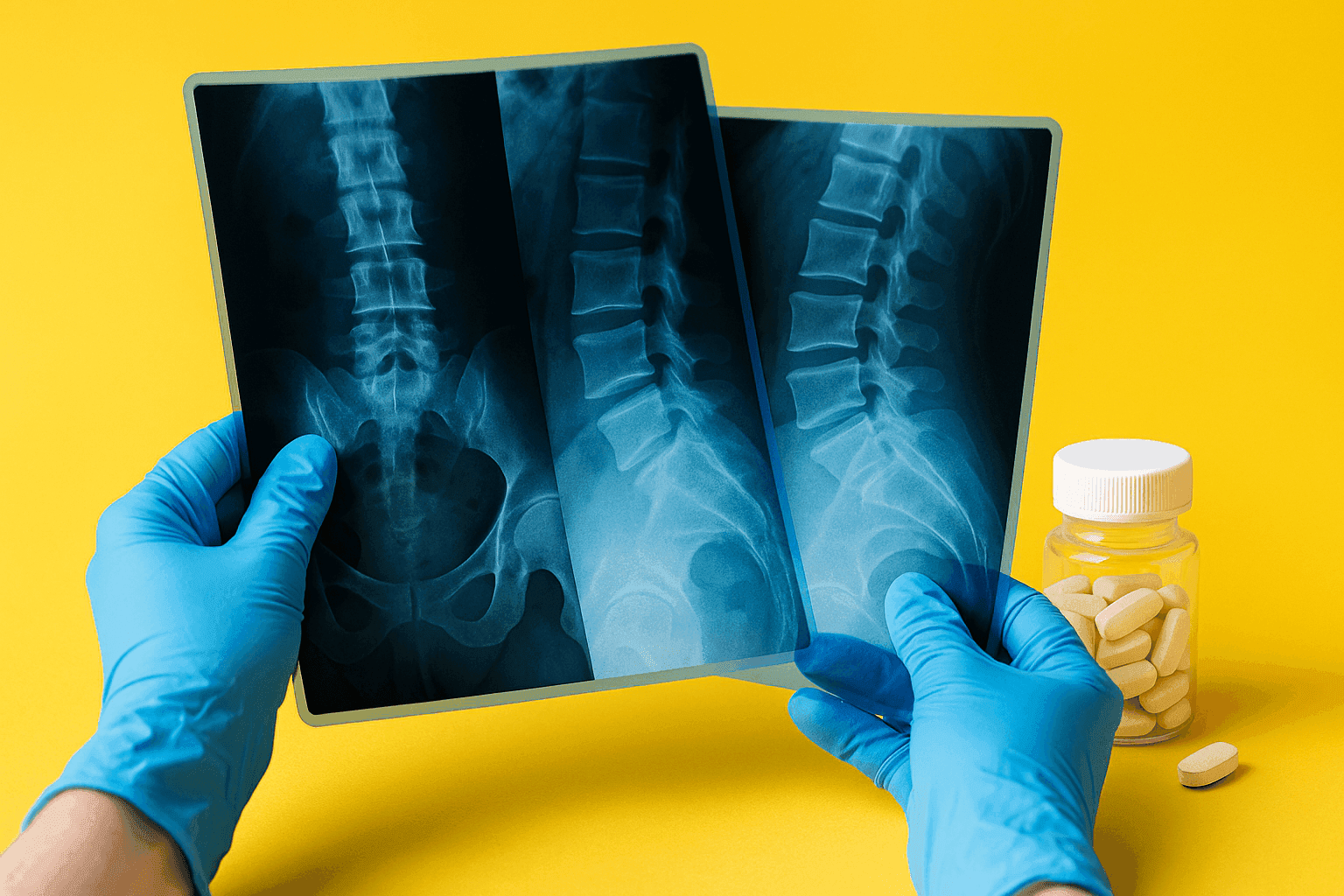Breakthroughs in Osteoporosis Treatment Are Changing Lives—Here’s What You Need to Know
Bone health isn't just a concern for seniors anymore. As research evolves, so do the options for managing and even reversing osteoporosis. Whether you're in your 40s or well into retirement, understanding these new advancements could help you stay stronger, longer.

The Silent Disease That Affects Millions
Osteoporosis is often called a “silent disease” because it develops slowly and without obvious symptoms—until something breaks. It affects over 200 million people worldwide, and yet many don’t realize they’re at risk until it's too late. But here’s the good news: science is catching up fast.
What’s New in Osteoporosis Treatment?
For decades, treatment options were limited to calcium supplements and lifestyle advice. Today, groundbreaking therapies are offering real hope.
Romosozumab – This newly approved bone-building drug works by increasing bone formation and decreasing bone loss at the same time. Patients are already reporting remarkable improvements in bone density.
Denosumab – An advanced antibody therapy that slows bone breakdown. It's administered just twice a year and has become a game-changer for those who can’t tolerate traditional medications.
Parathyroid Hormone Analogues – These mimic the body’s natural hormones to stimulate new bone growth. Doctors are now tailoring these treatments with precision, depending on the patient's bone scan and fracture history.
Why You Shouldn’t Wait to Get Tested
A bone density scan is fast, painless, and increasingly recommended for people as young as 50—especially women post-menopause. Early detection means early intervention, which can dramatically reduce the risk of future fractures.
Don’t assume you’re not at risk just because you feel fine. Genetics, diet, medications, and even stress can impact your bone health over time.
Lifestyle Still Plays a Huge Role
Breakthrough medications work best when paired with smart habits:
Weight-bearing exercises like walking or dancing help strengthen bones naturally.
Vitamin D and calcium-rich foods remain essential.
Limit alcohol and quit smoking—both are linked to increased fracture risk.
What’s interesting is how even small daily changes can compound into major improvements in bone density over time.
The Role of Personalized Treatment Plans
Thanks to recent diagnostic tools, doctors can now create tailored osteoporosis care plans. These include:
Detailed bone quality scans
Blood tests to evaluate calcium metabolism
Genetic screening for fracture risk
The goal? To prevent the first fracture before it happens—not just treat after the damage is done.
This Isn’t Just About Bones—It’s About Independence
Fractures caused by osteoporosis can severely limit mobility and lead to long-term disability. By taking control early, you're not just protecting your bones—you're protecting your lifestyle.
Imagine hiking, dancing, or simply carrying groceries with confidence well into your 70s and 80s. That’s the true power of today’s osteoporosis breakthroughs.

